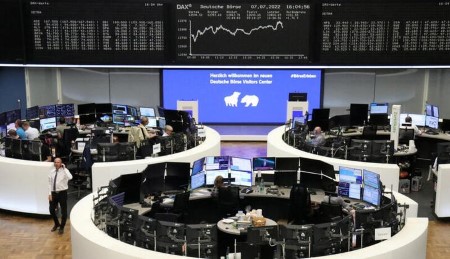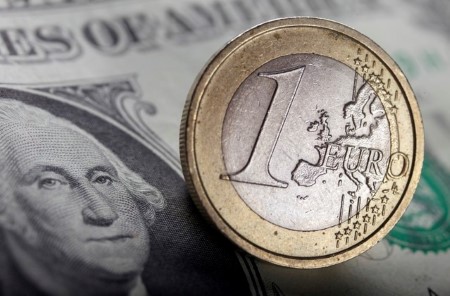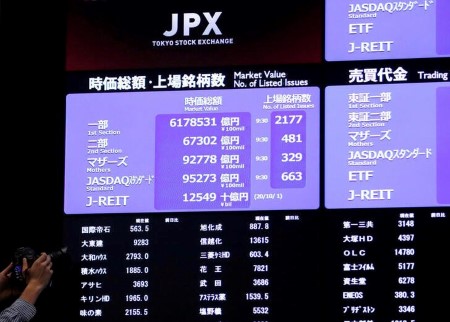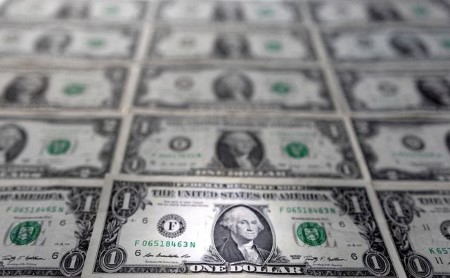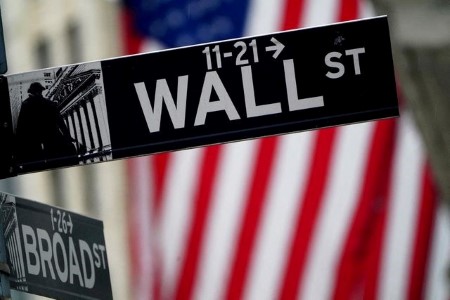NEW YORK, July 11 (Reuters) – A surge in trading revenue powered by volatile markets should partially offset a slump in M&A and equity and debt deals when Wall Street banks report second-quarter earnings this month.
Russia’s invasion of Ukraine, a surge in the price of oil above USD 100 a barrel and Federal Reserve rate hikes contributed to upheaval in the markets with the S&P 500 index .SPX recording its third-worst half year since 1945.
While that has been bad for deals which drove bumper profits for investment banks last year, it has been good news for Wall Street traders, boosting transaction fees and brokerage commissions as investors rushed to rebalance portfolios and hedge their risks.
“This is the type of quarter that justifies Wall Street’s reason to exist: getting in the middle of many counterparties to help them manage and trade their risk,” said Mike Mayo, senior banking analyst at Wells Fargo. “We’ve already had guidance for trading to be up 15% to 25% year over year for the largest banks.”
RBC Capital Markets analysts said they expect markets revenue at the big US banks to increase 17% year-on-year, driven primarily by fixed-income commodities and currencies, or FICC, business.
Citigroup Inc.’s global head of markets, Andy Morton, told a conference last month that while he expected the investment banking business to be down in the second quarter, the bank’s market business revenue would be up over 25%.
Barclays has projected trading revenue for Goldman Sachs (GS), a Wall Street powerhouse, to be up 21% year-on-year in the second quarter with FICC business up 28% and equities up 14%.
The FICC business has benefited in particular because the Ukraine conflict has pushed up commodities prices, sending investors scrambling to cover their exposure, while central bank rate hikes aimed at dampening inflation have also driven fixed-income and currency trading.
“Looking out, we expect trading activity levels to remain elevated,” Barclays’ banking analysts, led by Jason Goldberg, wrote in a note.
DEALS DOWNER
The anticipated trading gains are a bonus for Wall Street banks which, prior to the Ukraine conflict, were expecting trading revenue to settle somewhere between the highs of the past two years, which had been driven by massive Fed monetary easing, and pre-pandemic levels.
In contrast, Wall Street bank investment bank revenue is expected to suffer from a slump in global equity capital market transactions, which dropped nearly 69% to USD 263.8 billion in the first half of the year on the same period in 2021, while debt deals slumped by nearly 26%, data from Dealogic showed.
Mergers and acquisitions had a mixed first half with the impact of Russia’s invasion felt more severely in the second quarter when the value of announced deals dropped 25.5% year-on-year to USD 1 trillion, according to Dealogic.
“We’ve already seen a stall in M&A and CEO confidence is near an all-time low,” said Kenneth Leon, research director, industry and equities, at CFRA Research.
“The ability to get higher fees from (initial public offerings) has been very difficult so I would say more of the same for the second half of the year for investment banking.”
Goldman Sachs and Morgan Stanley overall are expected to report a 51% and 17% drop in profit, respectively, partly due to the decline in deals, according to Refinitiv data.
Analysts expect the weak environment for deals could trigger cost-cutting measures by either freezing hiring or reducing jobs.
“We believe, if investment banking revenue trends do not improve in H2, cost initiatives will move into focus to improve profitability,” RBC Capital Markets analysts wrote in a separate report.
(Reporting by Saeed Azhar in New York; Additional reporting by David Henry in New York and Noor Zainab Hussain in Bengalaru; Editing by Michelle Price and Matthew Lewis)






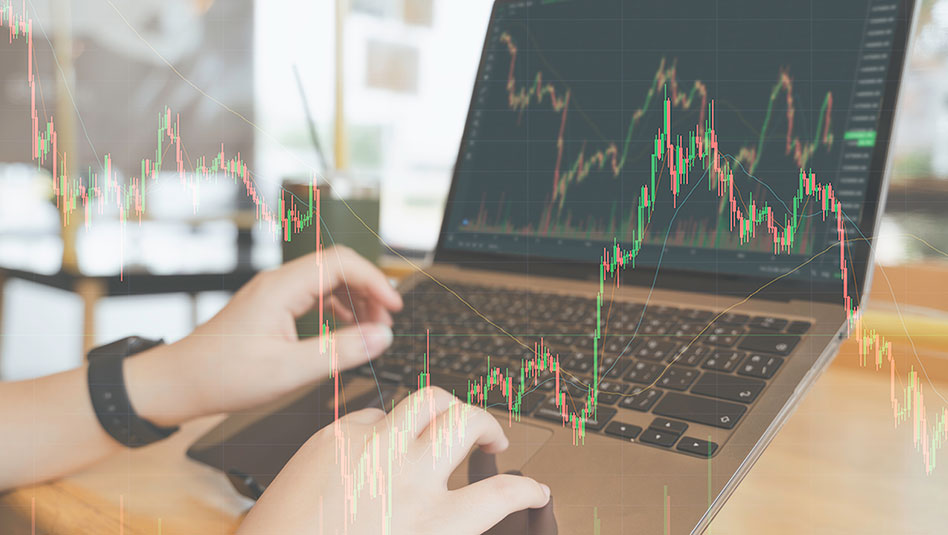
 DOWNLOAD
DOWNLOAD




